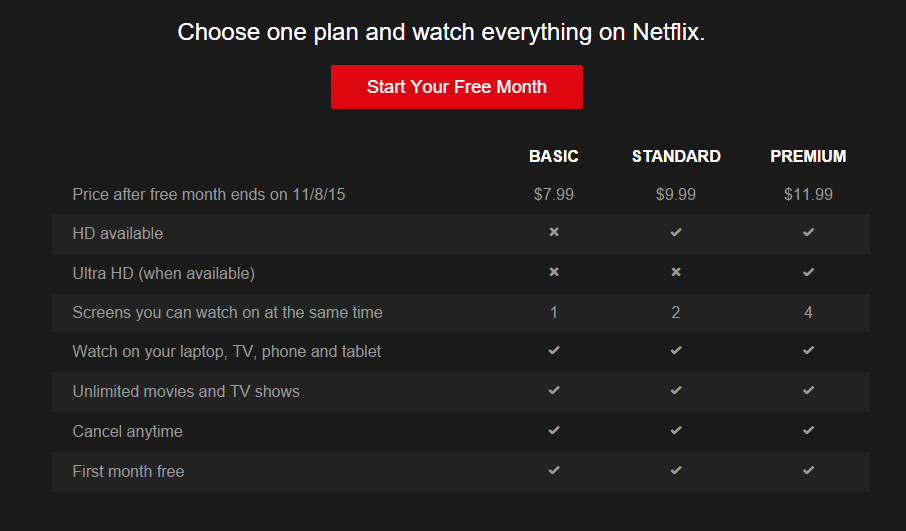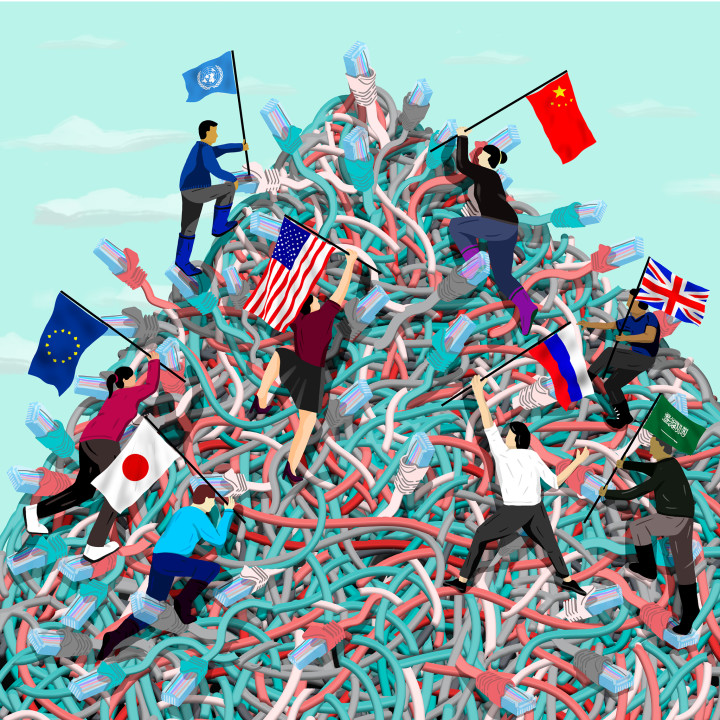No ratings yet. “The benefit of [the internet] is that voices that might never have been heard are heard. On the other hand, we also hear from people whose messages we wish weren’t delivered—terrorism, misinformation, deliberate deception, and then there is malware and other kinds of things.”- Bob Kahn & Vint Cerf, founders of the internet.
The endless technological possibilities of the current era are drivers of the constantly growing IoT ecosystem, which resulted in more than 30 billion IoT connected devices worldwide today (Statista, 2020). The pace of launching connected devices to the market cannot be kept with cybersecurity professionals. A very large portion of the security of today’s IoT devices are vulnerable, allowing hackers to access the device and track personal data or even take control over the device (Kontsevoi, 2020). And this is rapidly increasing; in 2019 there were 300% more cyberattacks on IoT devices than its year before (Doffman, 2020). The internet where such devices are connected to, is not designed to protect its users from cyberattack in the first place. The fundamentals of the internet are openness, transparency and connectivity. And the last years, security practises are placed onto it. With this in mind, why can’t we invent the internet again, like we did 50 years ago? With security as its foundation. China is already doing so, so why can’t we?
Last year, Huawei presented the idea of re-inventing the internet, called ‘New IP’, to meet the fast growing digital world at the International Telecommunications Union (Murgia & Gross, 2020; Huawei, 2020). Their vision is that current internet model, the TCP/IP (internet protocol), does not have the capabilities to enable future technological developments to function such as holographic video calling, autonomous driving and remote surgery. There is a need for a new internet architecture that is able to support these developments with a so-called governance top-down structure, that is very likely the replace the current Internet model (Murgia & Gross, 2020; Hogewoning, 2020). Huawei stated that this new IP does not involve any governmental influence, but critics believe otherwise. Several scientists believe China wants to create absolute control over everyone using the internet, like they have now in their politics (Murgia & Gross, 2020). With this new IP, data would be shared among the Chinese government that in turn can accept or deny users to access the internet and gain control over all individuals that is connected to the internet.
The current internet is not owned by anyone. US firms like Google, Facebook and Apple have likely the most power over the internet and its users. There is no central sovereignty controlling all the content and users. Hackers can access the internet and threaten organisations and even households at all times. One might say the current internet is too open and unstable for all its users. Firms do not have cybersecurity as a main priority (Annenbaum, 2017). Firms are more focussed on the profitability of their businesses and to stay ahead of competition rather than the threat to the environment they are creating. Households and organisations are increasingly using IoT devices in their daily activities that are very vulnerable of being hacked. We can discuss if you really need a smart fridge that tells you when you run out of milk, or that drones are of such importance to deliver your package at the same day. If all that matters to our lives so much, why can’t we re-invent the internet? Building the IP infrastructure that contains all the security practises needed to avoid cyberattacks.
China is doing it in a more radical way, but the western world could collaborate and create an alternative, democratic IP infrastructure. An European Union version of the internet, with all member states having a say, including scientists and law makers, deciding on the new foundation of the internet. Since we are in the middle of a technological revolution and we need an internet that is able to support the future technological applications, while keeping everyone safe at the same time, why not reinvent?
I am curious about your opinion about the New IP of Huawei. Do you believe we need a new internet, if so, how would you like to see it?
References:
Kontsevoi, B. 2020. IoT threats and what to do about them. [online] Available at: < https://www.forbes.com/sites/forbestechcouncil/2020/03/31/iot-threats-and-what-to-do-about-them/#6a8fc8155b50 > [Accessed 29 September 2020]
Fastcompany, 2017. The Internet’s Future Is More Fragile Than Ever, Says One Of Its Inventors [online] Available at: < https://www.fastcompany.com/40437402/the-internets-future-is-more-fragile-than-ever-says-one-of-its-inventors> [Accessed 29 September 2020].
Huawei. 2020. A Brief Introduction About New IP Research Initiative. [online] Available at: <https://www.huawei.com/en/industry-insights/innovation/new-ip> [Accessed 29 September 2020].
Murgia, M. and Gross, A., 2020. Inside China’S Controversial Mission To Reinvent The Internet. [online] Ft.com. Available at: <https://www.ft.com/content/ba94c2bc-6e27-11ea-9bca-bf503995cd6f> [Accessed 29 September 2020].
Doffman, Z., 2020. Cyberattacks On IOT Devices Surge 300% In 2019, ‘Measured In Billions’, Report Claims. [online] Forbes. Available at: <https://www.forbes.com/sites/zakdoffman/2019/09/14/dangerous-cyberattacks-on-iot-devices-up-300-in-2019-now-rampant-report-claims/#538634715892> [Accessed 29 September 2020].
Hogewoning, M. 2020. Do we need a New IP? [online] labs.ripe.net. Available at: <https://labs.ripe.net/Members/marco_hogewoning/do-we-need-a-new-ip> [Accessed 29 September 2020].
Griffin, A. 2020. Amazon reveals new Alexa devices, including round echos and new show that follows you around the room showing Do we need a New IP [online] theindependent.co.uk. Available at: <https://www.independent.co.uk/life-style/gadgets-and-tech/amazon-echo-alexa-show-new-netflix-round-price-release-date-buy-b597874.html>[Accessed 30 September 2020].
Annenbaum, A. 2017 “Why Do Iot Companies Keep Building Devices with Huge Security Flaws?,” Harvard Business Review Digital Articles, 4/27/2017, P2.
Statista, 2020 IOT number of connected devices worldwide.[online] Statista.com. Available at: <https://www.statista.com/statistics/471264/iot-number-of-connected-devices-worldwide/> [Accessed 29 September 2020].





